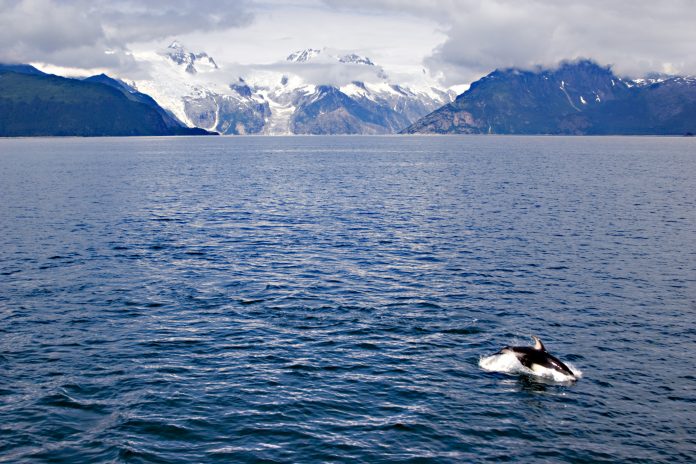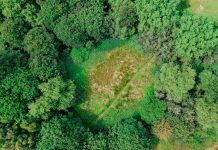An underwater drone can measure carbon dioxide levels in the ocean and combat ocean acidification, monitoring global warming
In Alaska’s Resurrection Bay, a five-foot, bright pink underwater drone has surfaced to aid scientists in measuring carbon dioxide levels in the ocean.
Collecting a vast amount of data to study ocean acidification – which can harm and kill certain marine life – researchers aim to combat the rising acidity of the oceans which can affect some marine organisms that build shells.
“We can … understand much more about what’s going on in the ocean than we have been before.”
Designed to dive 3,281 feet (1,000 metres) and roam remote parts of the ocean, the autonomous vehicle has been deployed in the Gulf of Alaska to develop a deeper understanding of the ocean’s chemistry following numerous changes due to climate change.
The research could be a major step forward in ocean greenhouse gas monitoring, because until now, measuring CO2 concentrations, a quantifier of ocean acidification, was mostly done from ships, buoys and moorings tethered to the ocean floor – which can also be heavily polluting to the ocean.
Conducted by Cyprus Subsea Consulting and Services and 4H-Jena, who provided the underwater glider, researchers at the University of Alaska Fairbanks set out to use the device to change climate change data.
Oceans take in a vast amount of our carbon emissions
Pulling the 130-pound (59-kilogram) glider onto the ship, the researchers took its sensor out from the drone and rushed into the ship’s cabin to upload its data. Then, this 0.30-meter sensor with a diameter of 6 inches (15.24 centimetres) analyses CO2 and logs and stores the data inside a temperature-controlled system using battery power.
The challenge the researchers had was to make the measurements on a glider with the same degree of accuracy and precision as tests onboard ships.
Though there are no GPS unit inside the underwater autonomous drone, after being programmed, the underwater drone heads out on its own to cruise the ocean according to the navigation directions, knowing how far to go down in the water column, when to sample, and when to surface and send a locator signal so it can be retrieved.

Credit: AP News
The sensor is the same as found on any ship or lab working with CO2 measurements
Claudine Hauri, an oceanographer with the International Arctic Research Center at the university, said: “But the problem is now that the ocean is changing its chemistry because of this uptake. Using this was a huge step to be able to accommodate such a big and power hungry sensor, so that’s special about this project.”
Feely said: “We need to get confidence in our measurements and confidence in our models if we are going to make important scientific statements about how the oceans are changing over time and how it’s going to impact our important economic systems that are dependent on the food from the sea.”
Nicolai von Oppeln-Bronikowski, the Glider Program Manager with the Ocean Frontier Institute at Memorial University of Newfoundland, commented: “The tests showed that the glider sensor worked in a remote-harsh environment but needed more development.”
Hauri said the two teams are “just using two different types of sensors to solve the same issue, and it’s always good to have two different options.”
Retrieving carbon and pH samples to find data on the ocean’s chemical makeup
While conducting the underwater drone tests, the U.S. research vessel Sikuliaq, owned by the National Science Foundation and operated by the university, conducted its own two-week mission in the gulf to take carbon and pH samples as part of ongoing work each spring, summer and autumn season.
Then, those methods collect samples from a fixed point while the glider roams all over the ocean and provide researchers with a wealth of data on the ocean’s chemical makeup.
The vision is to one day have a fleet of robotic gliders operating in oceans across the globe, providing a real-time glimpse of current conditions and a way to better predict the future.
McDonnell said: “We can … understand much more about what’s going on in the ocean than we have been before.”











